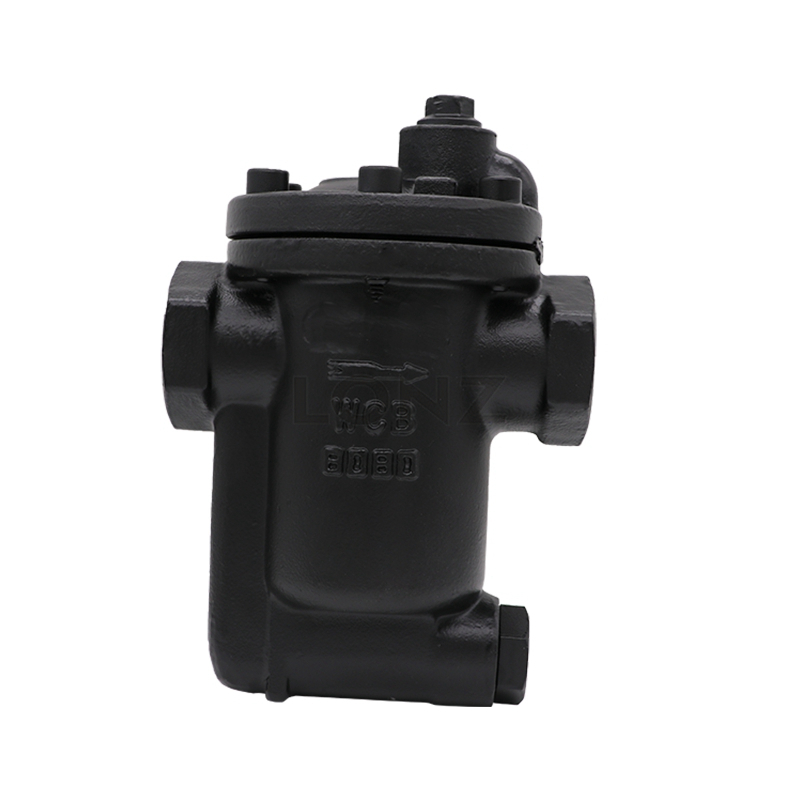The functions and types of traps
A steam trap is a valve used to remove condensed water, superheated water and condensed water generated in pipelines and equipment. It plays an important role in the industrial production process and can effectively maintain the normal operation of the system. This article will introduce the function of traps and their common types.
The function of drain valve:
1. Eliminate condensation water: In steam pipes and equipment, due to temperature changes, steam will condense into water during the cooling process. Drain valves can remove this condensation water in a timely manner to keep pipelines open and equipment running normally.
2. Remove superheated water: In steam generators and heat exchange equipment, superheated water may accumulate in the pipes. Steam traps can quickly remove this superheated water and prevent equipment from being damaged by overheating.
3. Remove condensation water: Condensation water will be generated in the cooling system, blocking pipes and equipment, and reducing system efficiency. The drain valve can remove condensate water in time to ensure the normal operation of the system.

Types of traps:
1. Float trap: The float trap controls the opening and closing of the valve through the floating and sinking of the float. When there is too much water in the pipe, the float will rise and open the valve to remove the water. When the water level in the pipe drops, the float will drop and close the valve, preventing the leakage of steam or gas.
2. Thermal trap: The thermal trap controls the opening and closing of the valve based on the temperature difference between steam and condensate. When the temperature is high, the valve opens to exclude steam; when the temperature is low, the valve closes to prevent condensate from being discharged.
3. Flow type trap: The flow type trap controls the opening and closing of the valve according to the water flow speed and pressure. When the water flow rate in the pipe is slow and the pressure is low, the valve closes to prevent steam or gas leakage; when the water flow rate in the pipe increases and the pressure rises, the valve opens to exclude water.
4. Electromagnetic trap: The electromagnetic trap opens and closes the valve through the control of an electromagnet. It can control the opening and closing of the trap according to the needs of the system to achieve automatic control.
Summarize:
The function of the trap is to remove condensed water, superheated water and condensed water to maintain the normal operation of the system. Common trap types include float traps, thermal traps, flow traps and solenoid traps. Selecting the appropriate trap according to actual needs can ensure the safety and efficiency of the system.


